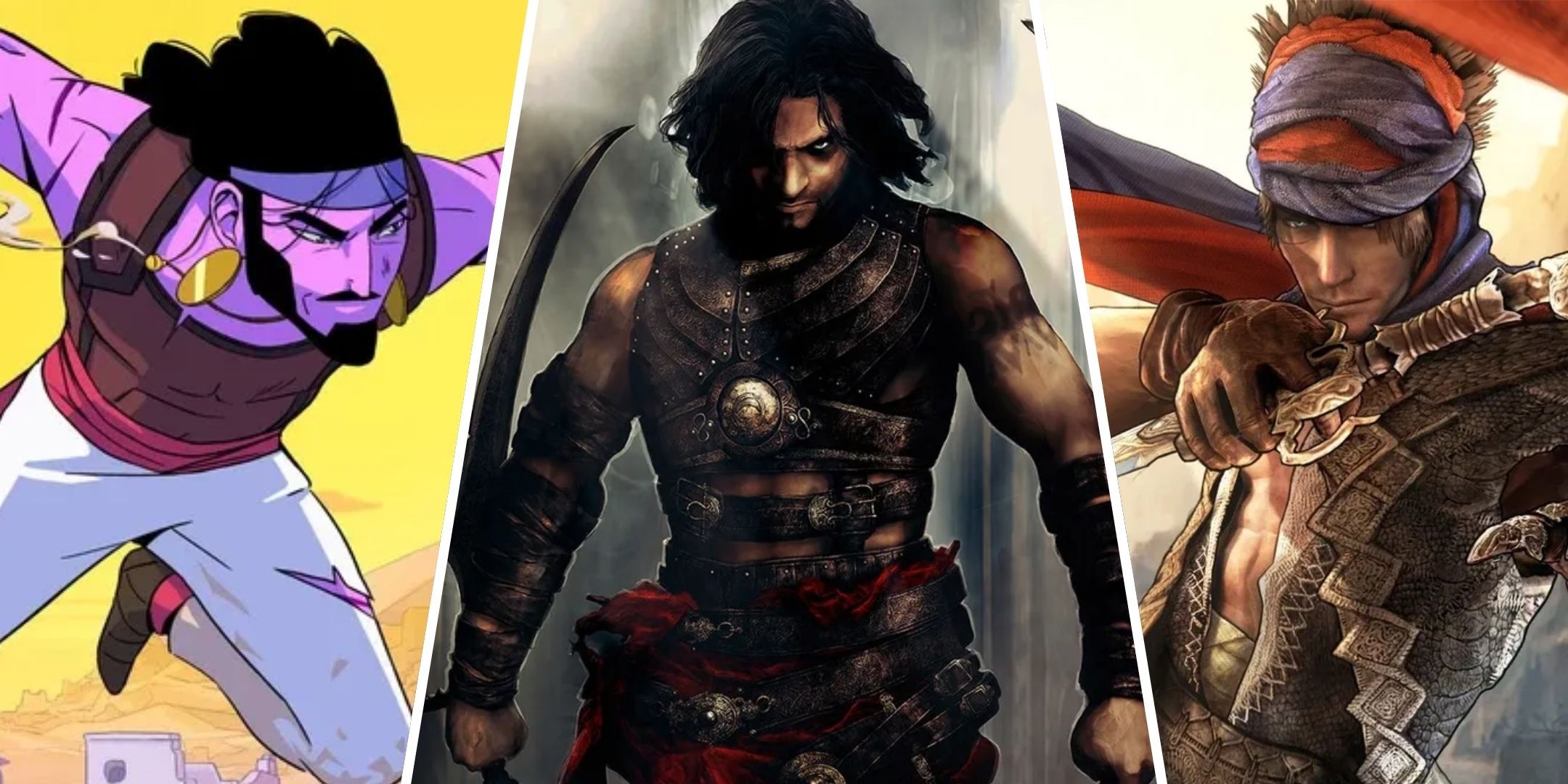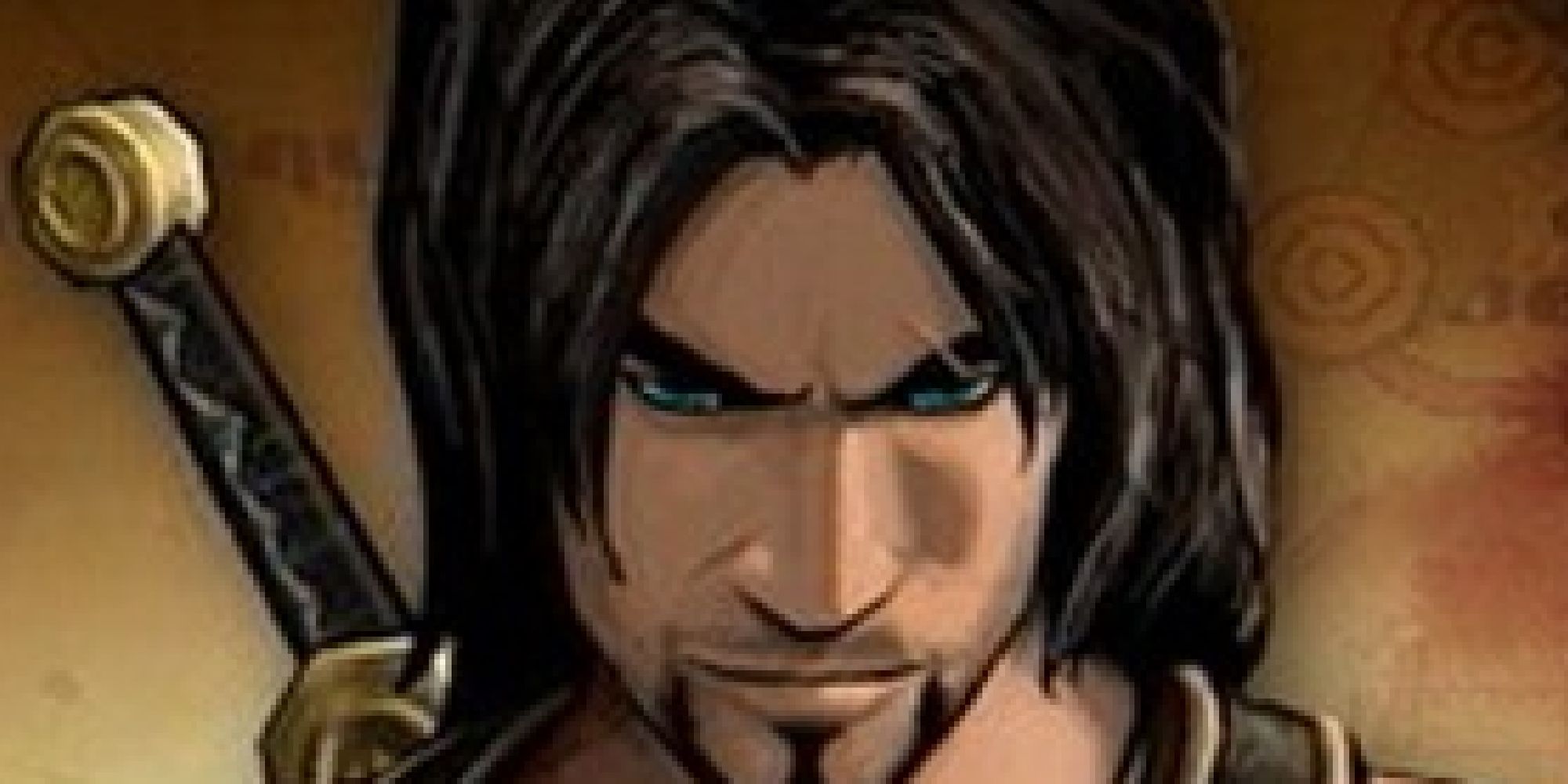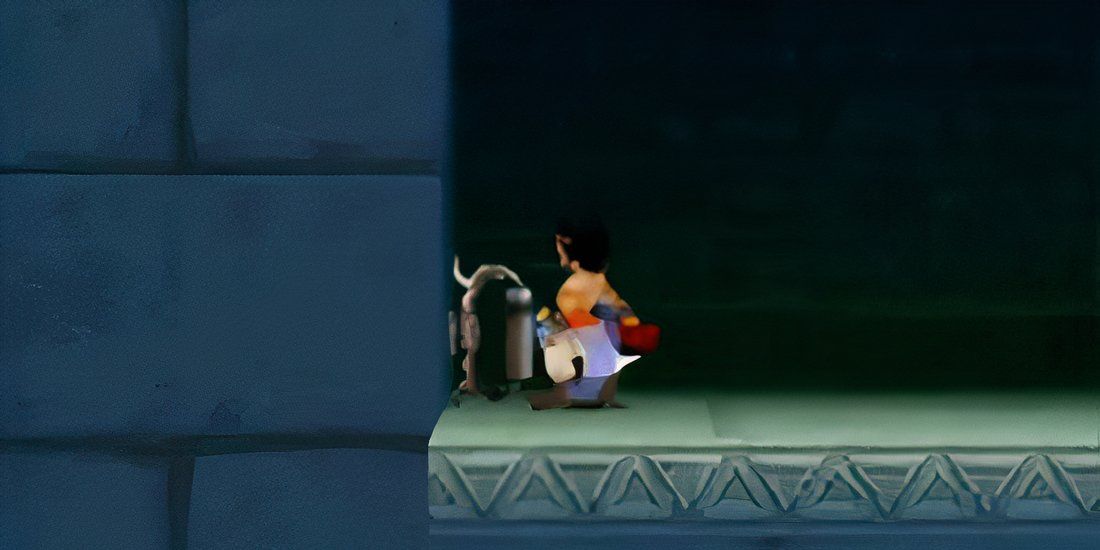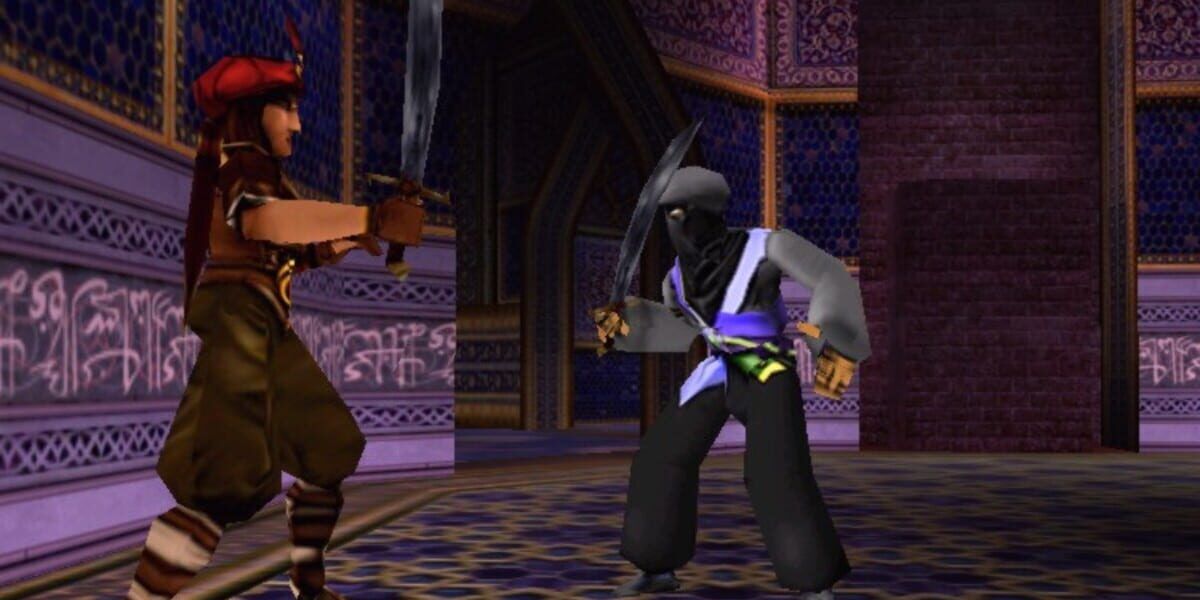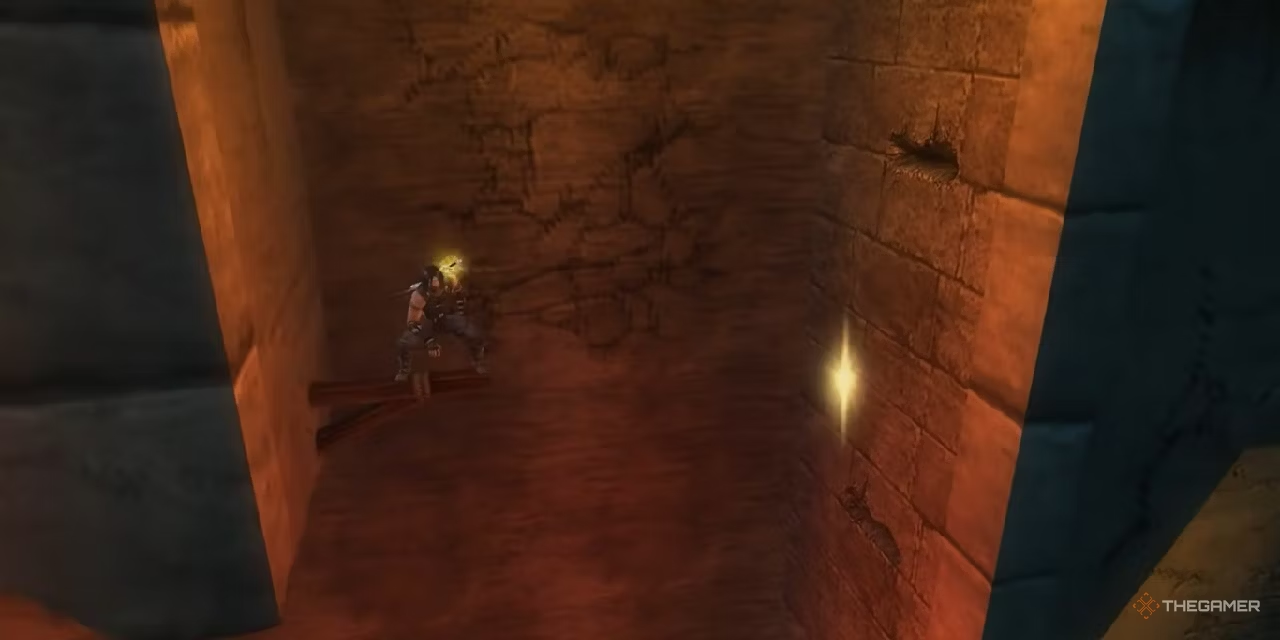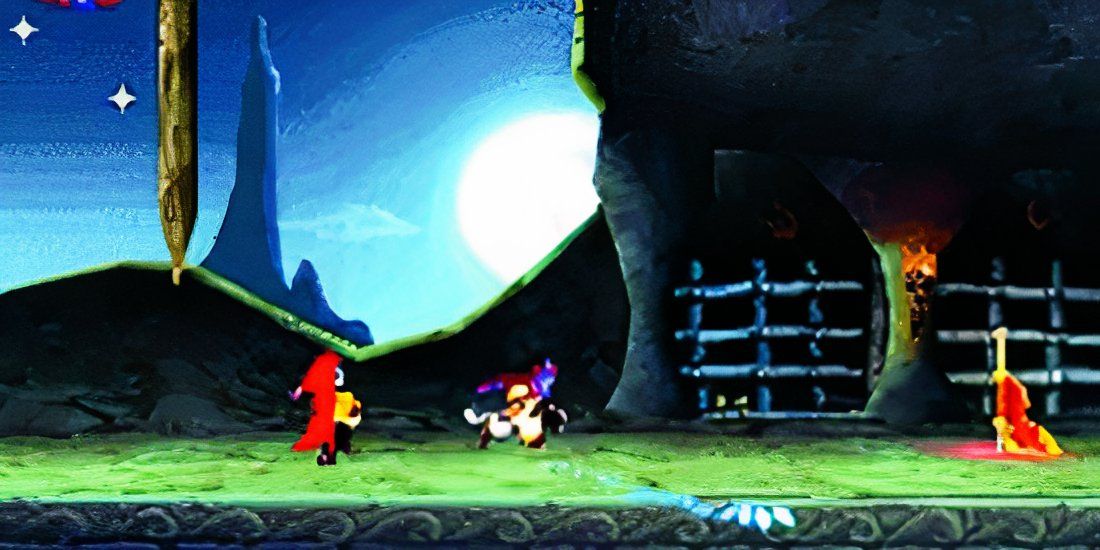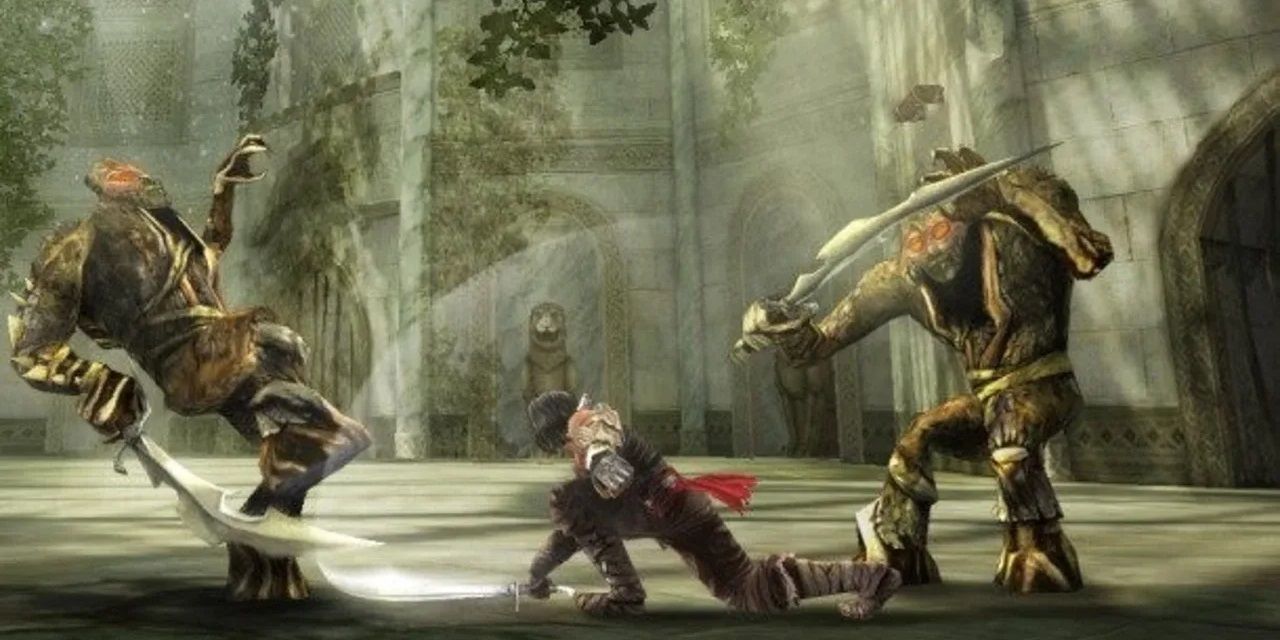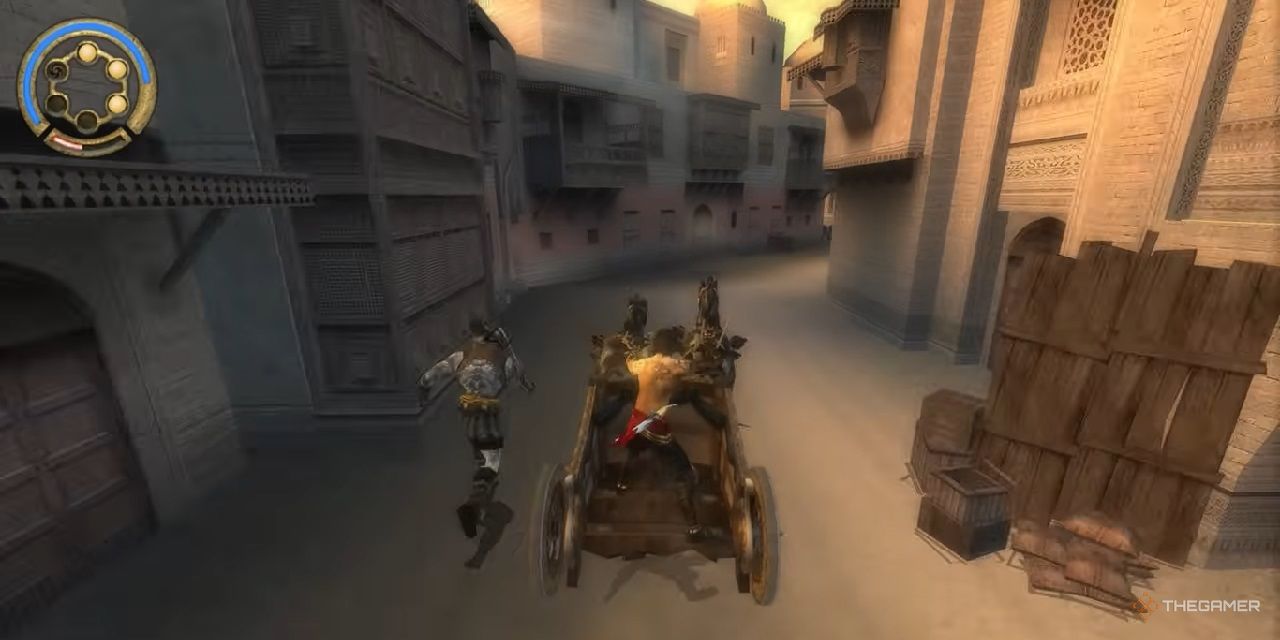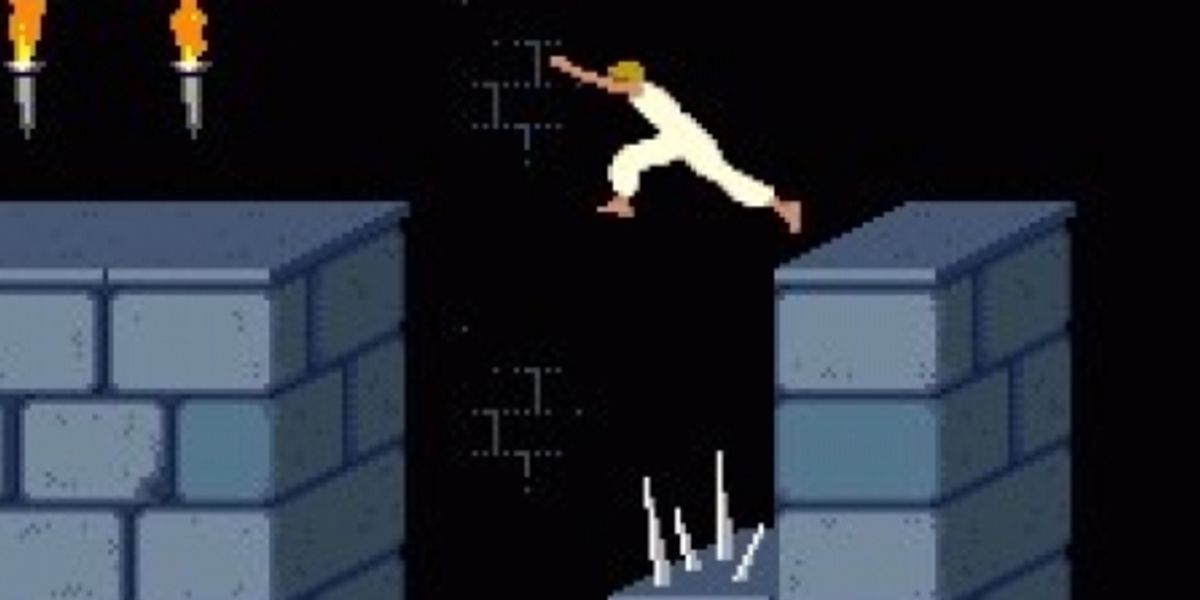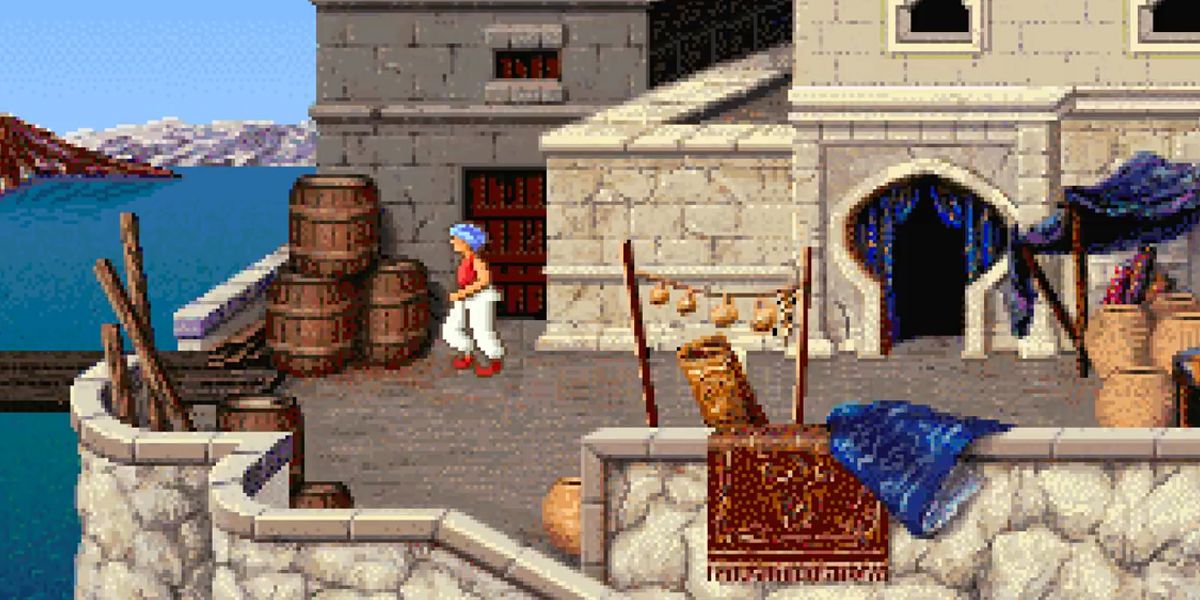Key Points
- Prince of Persia is a consistently inconsistent film, with some great moments but also some wasted potential.
- The Lost Crown brings the series back to life in a big way, combining classic elements with a modern sensibility.
Debuting in 1989, Prince of Persia tends to come back every decade or so to remind everyone why it’s one of the best and most inconsistent platformer series of all time. Whether it’s the 90s or the 2000s, the iconic series has a habit of squandering momentum. But when Prince of Persia is at its best, few games come close.
Prince of Persia, one of Ubisoft’s fan-favorite IPs, has been on the bench since 2010, but it’s back in style with The Lost Crown. With a 30-year history, Prince of Persia has seen its fair share of ups and downs. Which title will be considered the best?
Remakes, ports, and mobile games are not included. Exceptions may be made for certain handheld versions that play differently.
At the time, this was a very important distinction, especially for people who only played games on portable platforms.
Updated by Asad Mubeen on September 26, 2024: For over a decade after The Forgotten Sands, the Prince of Persia story seemed to have come to an end. In 2024, the series made a surprise comeback with the release of The Lost Crown, a Metroidvania that took the best parts of the debut and injected them with a modern sensibility. This was followed by The Rogue Prince of Persia in Early Access. With two new entries in the series, we took a look at this list to see where it ranks.
15 Battle of Prince of Persia
Sitting between The Sands of Time and Warrior Within, Battles of Prince of Persia replaces the license’s trademark platform with grid-based combat and a ton of cards. Ubisoft Montreal deserves credit for trying something new with the series, but Battles of Prince of Persia’s novelty wears off rather quickly.
The gameplay and storyline are constantly at odds, and the dull card system has no connection to the plot. Battles of Prince of Persia’s uninspiring presentation and gameplay feel ordinary compared to other handheld strategy games.
14 Forgotten Sands
Nintendo DS version
In a chaotic move, Ubisoft has created four different versions of The Forgotten Sands. The iterations found on home consoles and PC are fine, but the one released on the Nintendo DS is not.
A 2D side-scroller with unforgettable levels and visuals that leave little to be desired, Forgotten Sands on the DS revolves entirely around the stylus to fulfill the system’s gimmick. The game suffers because of it. Even the most curious fans can safely categorize this version as non-essential, as there’s nothing to gain from playing it.
13 Prince of Persia 3D
In 1999, Prince of Persia was the first attempt at a 3D adventure, but it was largely unsuccessful. Even if we ignore comparisons to later adventures in the franchise, Prince of Persia 3D still falls short when compared to other games released during this era.
On the game's merits, the environments are gorgeous and well-made, but unfortunately the gameplay is disappointing even by 1999 standards. In a series known for its tight controls and fluid movement, Prince of Persia 3D feels stiff and clunky. Dreamcast enthusiasts would be much better off exploring other titles in the system's library.
12 Forgotten Sands
PSP version
Forgotten Sands on the PSP is a 2.5D platformer that sits somewhere between the home console and DS versions. The game attempts to blend a 3D console experience with a side-scroller, with positive but not entirely satisfying results.
Ultimately, the PSP version is playable but forgettable, whether it's a Prince of Persia title or a platformer for Sony's handheld system. It also feels like a downgrade after the previous games received true console ports on the same handheld.
11 The Fallen King
Released alongside the 2008 Prince of Persia reboot, The Fallen King is a serviceable handheld platformer with limited controls. While the spin-off’s character redesigns may not be as effective, the same cannot be said for its impressive backgrounds. The Fallen King is a beautiful game that makes good use of the Nintendo DS’s hardware.
Unfortunately, the stylus-centric controls are a hindrance rather than a help. The Fallen King is better than the DS version of Forgotten Sands, but it still doesn't deliver a satisfying Prince of Persia experience on a Nintendo handheld.
10 Forgotten Sands
Wii version
Despite sharing the same name, the Wii version of The Forgotten Sands is a different game from the games found on other seventh-generation consoles. While not as visually pleasing as the PS3 and Xbox 360 versions, Forgotten Sands on the Wii takes full advantage of the system’s motion controls and stands out because of them.
The Forgotten Sands is a solid game on any home console, but it never really gets beyond that. With better camera controls and more variety in the platforming segments, it could have been a real gem.
9 Forgotten Sands
PS3, Xbox 360 and PC versions
After a poorly-accomplished attempt at a Prince of Persia reboot in 2008, Ubisoft attempted to steady the ship by revisiting the protagonist and aesthetic of The Sands of Time. Of all the versions that have been imprinted with The Forgotten Sands title, the version released on PC, PlayStation 3, and Xbox 360 is the best.
The Forgotten Sands is a mechanically sound game that offers a typical modern Prince of Persia experience, but it’s not great on its own because there’s too much combat. It also feels like a reactive title rather than the organic progression of the franchise.
8 The Villain Prince of Persia
The Rogue Prince of Persia is a rogue-lite metroidvania that is fun and bug-free even in Early Access. The soundtrack is enjoyable and the art style is appealing. However, it lacks content and the parkour platforming isn’t as flexible as you’d like.
After the successful launch of The Lost Crown a few months ago, The Rogue Prince of Persia feels like a step backwards. As an Early Access release, it’s hard to tell where it’ll rank when it’s released, but for now, this title is a better introduction to roguelites than Prince of Persia.
7 Two thrones
The Sands of Time trilogy originally ended on the safe side. While Warrior Within’s aggressive tone, violent combat, and outdated music demanded caution, The Two Thrones set out to deliver a refreshing adventure filled with solid platforming and beautiful environments.
The Two Thrones is the most polished entry in the Prince trilogy and does little wrong. It lacks the personality of its predecessors and sequels, but it is nonetheless a satisfying conclusion to one of the most beloved trilogies of the sixth generation of consoles.
6 Prince of Persia
2008 reboot
After a string of (generally) successful titles, Prince of Persia was a critically acclaimed but mixed game for fans, and the reset button was pressed. The 2008 reboot featured a new protagonist and a story centered around Elika, a secondary character who brings out the best in the game's protagonist.
The art style of Prince of Persia is vibrant and timeless. Visually, it looks older than any other work. When it comes to gameplay, things get a little more dangerous, as Prince of Persia doesn’t seem to want to offer anything resembling a challenge. The platforming and combat sections, while well-executed, lack tension or excitement.
5 Prince of Persia
Original from 1989
When it comes to the most influential platformers, the original Prince of Persia is right up there with Nintendo's top titles and Sonic the Hedgehog. Created by Jordan Mechner, Prince of Persia immediately stands out from the likes of Super Mario with its realistic (for its time) visuals and slick animations.
A difficult game that doesn't feel unfair, Prince of Persia has aged better than most of its contemporaries. New players may be put off by the age of this masterpiece, but 2007's Prince of Persia Classic does a respectable job of modernizing the 1989 title.
4 The warrior within
After The Sands of Time, no one expected Warrior Within. More or less following the trajectory of the original 2D game, Warrior Within maintains the creative platforming sections that define the franchise while also beefing up the combat. The Prince’s movements have rarely been more responsive than in Warrior Within. Furthermore, the sequel’s combat system is the most complex and satisfying in the series. Combat is a constantly evolving dance, matched by the free-form nature of the platforming, as the Prince can now pick up a second weapon from his enemies.
While the over-the-top violence and adult themes may cause some tonal lurches, those same elements make Warrior Within a meta-period piece, offering a slice of 2000s nostalgia that wasn't intended at the time of its creation. A great heavy metal soundtrack helps, too.
3 Shadow and Flame
The sequel to the original Prince of Persia, The Shadow and the Flame takes almost everything that was great in its predecessor and makes it even better. Once again, the goal is to complete levels within strict time limits while running through great areas littered with enemies and traps.
The Shadow and the Flame is less generous than 1989's Prince of Persia, and can be a bit overwhelming at times. But that's a minor criticism, as it's a bigger and better sequel in every way.
2 sands of time
The Sands of Time put Prince of Persia back on the map after a long period of stagnation. The 2003 reboot published by Ubisoft is a perfectly paced adventure brimming with innovation and personality. The combat takes some getting used to and will be improved upon in the sequel, but the environments and parkour in The Sands of Time are unrivaled.
The Sands of Time came at the perfect time to show that Prince of Persia had a place in modern gaming. It may be hard to believe now, but games at the time didn’t have movement that felt this good and smooth. It would be years before games like Tomb Raider: Legend and Uncharted: Drake’s Fortune would have similar traversal mechanics.
1 Prince of Persia: The Lost Crown
Few would have expected the Prince of Persia series to return as a Metroidvania, but it makes sense. After all, the series began as a 2D puzzle game that required players to familiarize themselves with the maps and face intense challenges.
The Lost Crown is incredibly rewarding while still bringing back the series’ old conventions. The focus on platforming is amazing, which makes sense since it comes from Ubisoft Montpellier, the same developers who made Rayman Origins and Rayman Legends, two of the best modern 2D platformers.
